
You know you want to travel across the country, and you are interested in an RV. An RV has been a unique way to travel for a long time. There is something inviting about having everything you need with you no matter where you go.
You do not have to make stops to go to the restroom. You do not even have to stop to sleep as long as you have someone that can drive while you sleep. With all the various RV options, making a final selection may be challenging. Continue reading to find out the details on Class A vs. Class C Motorhomes – Pros and Cons.
It is an important decision to make when choosing the right RV for you. They are quite an investment, and you do not want to make the wrong choice. This article outlines for you the pros and cons of both a Class A camper and a Class C camper.
Related: Motorhome Tires Cost | Things to Know Before Renting a Motorhome | Types of Motorhomes | RV and Camper Brands | How Much Does RV Cost
Class A Motorhome
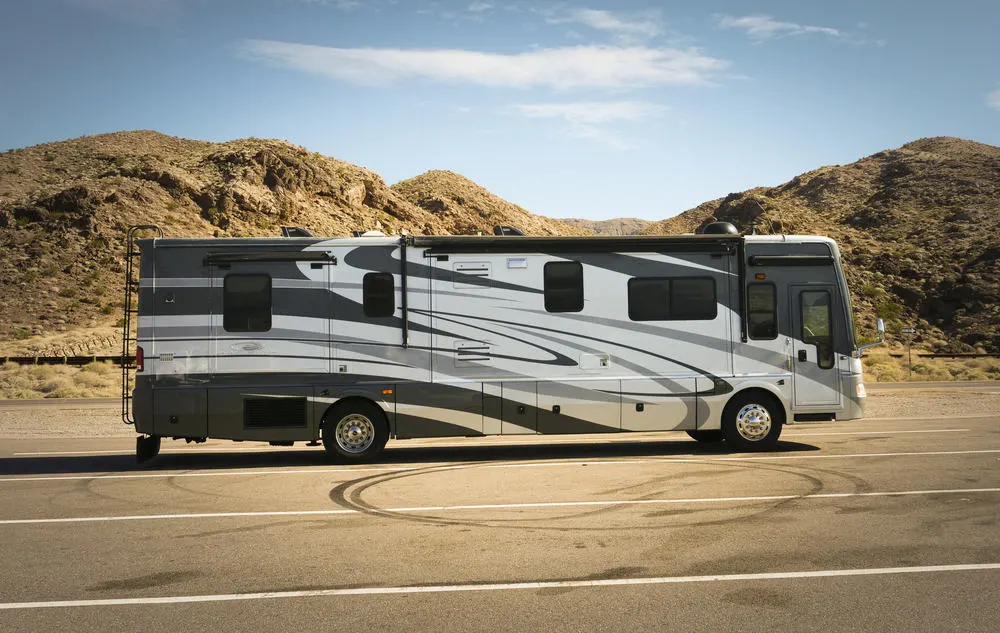
The Class A RV is a larger RV. It often carries the title of the King of Motorhomes. It looks like a bus, like a tour bus, to be more specific. It comes fully featured with luxury amenities. You do not have to leave the comforts of your own home just because you are no longer at home. It can include a full-size refrigerator, king-size bed, entertainment center, and a washer and dryer. The Class A ranges in size from 24 feet to an enormous 45 feet.
They are available in a diesel engine or gas engine. The price range varies widely from $50,000 to $500,000. The price is directly related to the brand and features you select. Full-time RV people are the ones that purchase a Class A model. The Class A model will provide you the ultimate luxury while you are on the road. Class A is the ideal version for those that want to live in their RV or spend more time in it than not.
Pros
This motorhome provides sleeping for up to 10 people. They typically have a separate master bedroom. This RV type has a sofa and dining tables that convert to beds.
Some models come equipped with bunk beds and a master bedroom. The kitchen and bathroom are a bigger size and fully equipped. You do not have to break down your campsite when you are ready to leave.
This motorhome is considered a towable vehicle because it can tow a small vehicle if you need something to roam around in close to your camp.
Cons
This motorhome is large and feels unwieldy. It may be difficult for someone to drive that has never driven a vehicle this large before. The Class A RV is expensive to purchase. They use a lot of fuel, which gets expensive quickly. These larger-sized RVs are often challenging to get into some campground spots.
Class C Motorhome
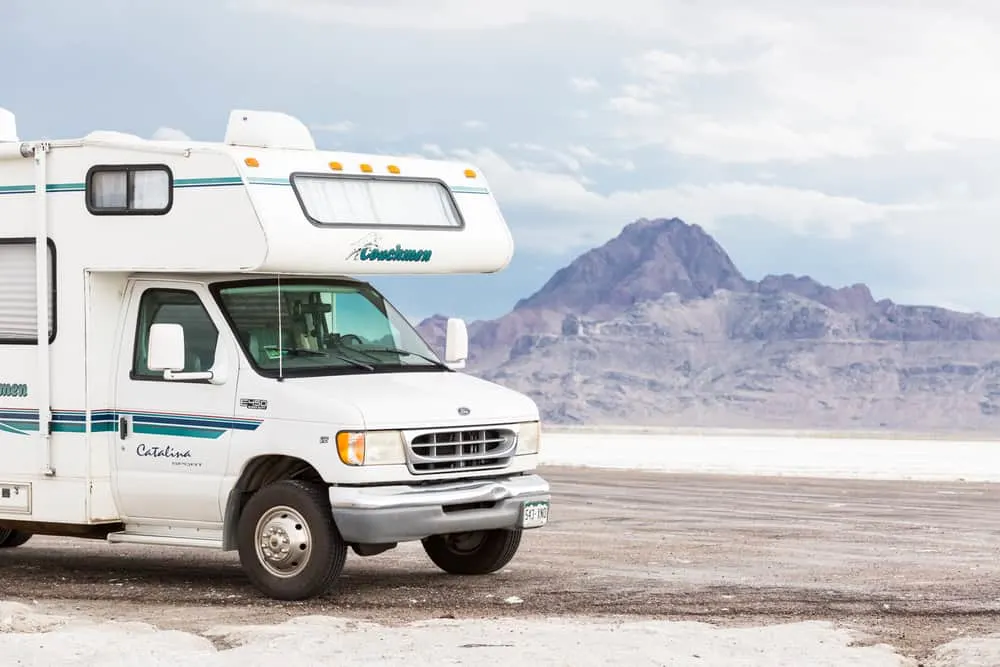
The Super C RV is quickly becoming one of the most popular. It is affordable and can hold a decent number of people. They are built on a van chassis or truck chassis. They have a cab section that is attached. They tend to be easier to drive and maneuver.
Despite being smaller, they have a large number of luxurious amenities. They are well known for their cab bunk bed, making it ideal for families or an RVer that likes guests. While it may seem odd, Class C is a small motorhome that is a cross between a Class A RV and Class B RV. This is a great camper for those not interested in a Class B Motorhome.
Pros
Class C has many of the same amenities as Class A but with a much better price tag. It is a more affordable model. The Class C version also gets better gas mileage than Class A. This RV class is considered a drivable RV.
Cons
While this is a smaller RV version, it is not going to fit in your garage. It may not even fit in your driveway. There is not much space for people or storage on the inside. The smaller size limits what you can carry along with you. The Class C RV is not ideal for full-time living.
Features to Consider
Now, we are going to take a look at side by side comparison of features between the Class A and Class C RVs. This comparison may make it easier for you to decide which is the right one for you.
Size
The Class A is huge. It is like a house on wheels, but maybe a little more streamlined. It is often built on a bus chassis and often looks like a bus. The smallest Class is 24 feet, but they can get as large as 48 feet.
The Class C is a more compact option. This RV is built on a super-duty truck chassis. They can be as small as 21 feet, but the average size is around 35 feet. You may be able to find them as large as 40 feet, but that is rare.
Sleeping Accommodations
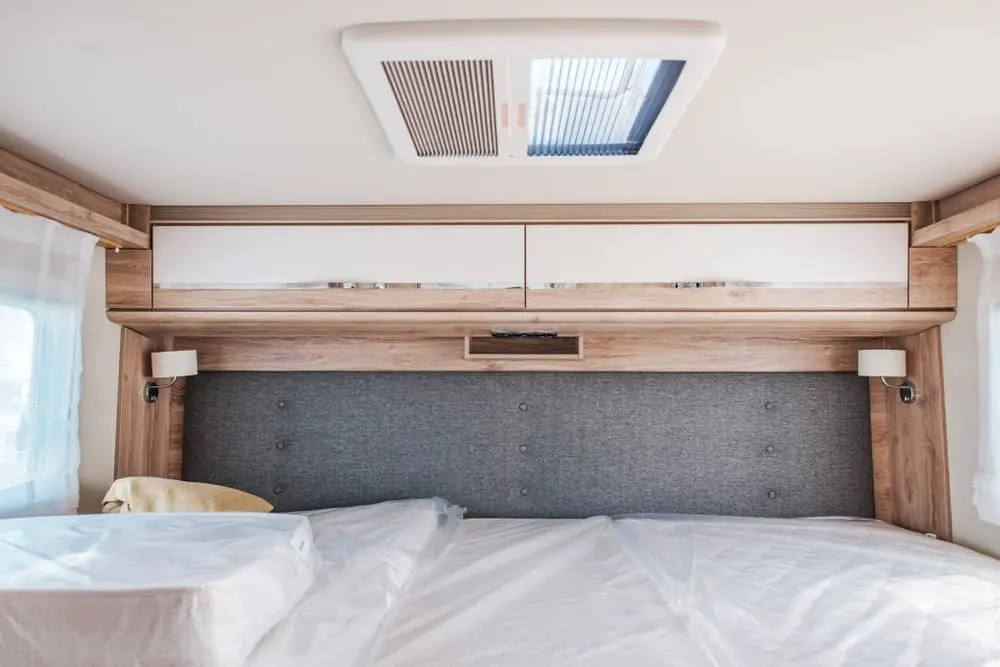
The Class A RV has spacious sleeping accommodations. They are fixed and usually a separate room for a king or queen size bed. A Class A RV may not offer much in the way of convertible dining areas or sofas but have furniture similar to what you will find in your house. You can always add more convertible furniture at a cost.
The Class C RV offers the unique and distinct over the cab sleeping area. Not only does this area give the Class C model a distinctive look, but it has become expected of a Class C RV. This area gives you extra sleeping or storage space. You can store additional items without encroaching on the living space. Class C models usually come standard with convertible furniture, including sofas and dining space.
Price Structure
You can expect to see a base price around $65,000 for a Class A RV. This price is about $15,000 higher than the starting price of a Class C. The starting price of a Class is about $50,000 depending on the RV manufacturer.
They both climb quickly, depending on what features you add to your RV. You can find the high end of a Class C RV for around $750,000. The high end of a Class A has been found around $3 million.
Fuel Economy
It should not be a surprise that the Class C model is more economical than the Class A model. There are many reasons for this. The Class A RV is much heavier than the Class C RV, which sucks up the fuel.
Since Class A is heavier, it needs more power to get moving. The Class A version does not have a streamlined design and, as a result, has decreased fuel efficiency. It is common to get about 5 to 7 miles to a gallon for a Class A. The Class C version will get about 8 to 10 miles to the gallon.
Fuel Fill Up
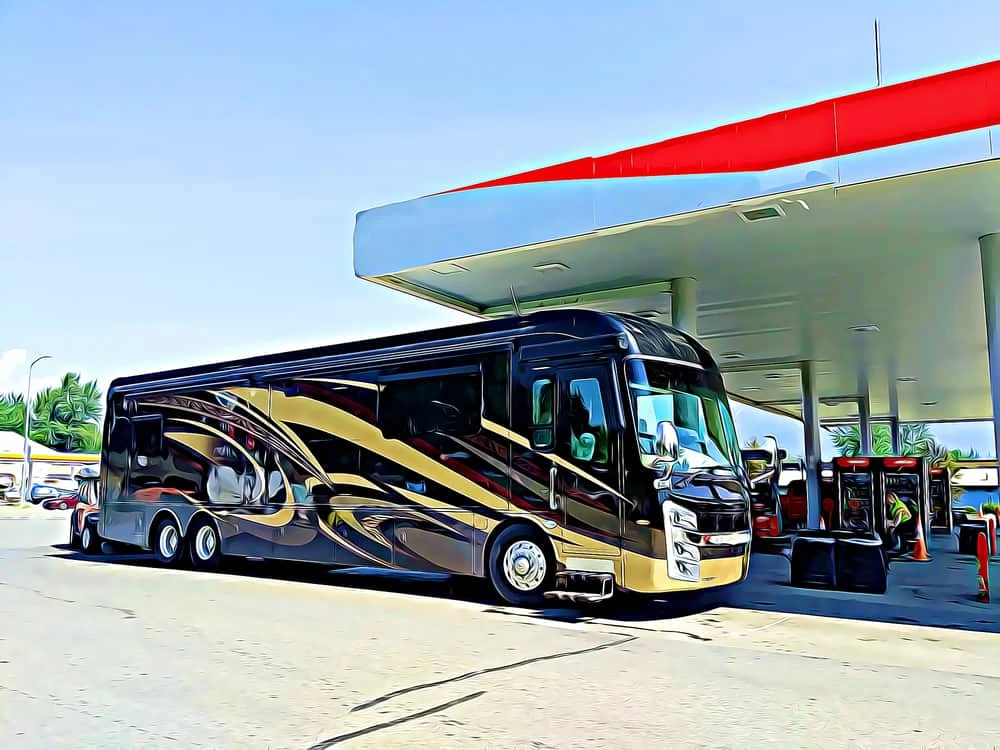
No matter if you have a Class A or a Class C when you plan to road trip in an RV, you need to have it well planned. Class A models most likely are not going to fit in a typical gas station. They are probably just too large for your run of the mill gas station.
You will need a full-service gas station that is intended to accommodate semi-trucks. A Class C model is more likely able to fit in a typical gas station. Some the larger Class C models may not fit at a traditional gas station. Depending on the size and length of your RV, you may need to plan well.
Storage
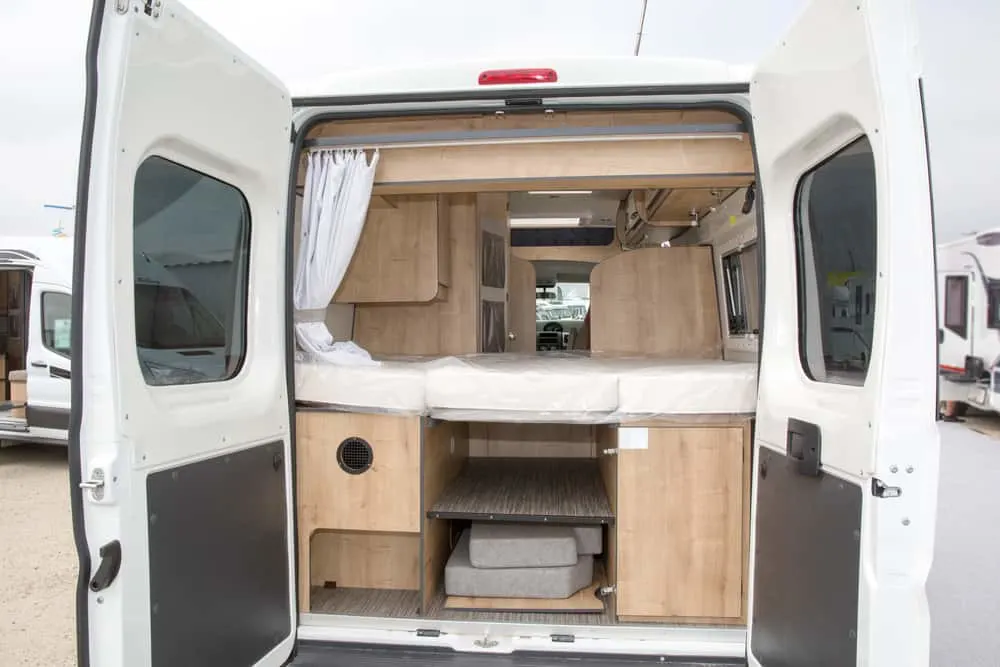
There is no doubt that the Class A is going to give you more room and additional storage space. The Class A rides high, which provides plenty of space for storage underneath. This type of storage is called basement storage.
Some Class A models can fit equipment like motorcycles and golf carts in their basement storage. There is plenty of storage space, including pass-through storage and cubby areas. These extra do not take away from any of the living space.
Driving: Maneuverability and Ease
It is essential that you feel comfortable driving whichever RV you select. When you drive a Class C, it will feel more natural to you, primarily if you have never driven a large truck. The controls and pedals are where you think they should be, and the wheels are in front of you, like a car. The Class C is easier to turn and has a tighter turning radius. You will not be able to drive it like a sports car, but it is easier to move around at lower speeds.
Driving a Class A is completely different. You sit up higher, much higher than you are probably used to. It takes time and practice to become comfortable driving a Class A. Some RV’ers have taken classes on how to drive a truck to become more comfortable. The Class A is different than what you are used to in a car.
You sit over the top of the wheels, and the pedals are shifted to make room for the column for steering. The RV itself is tall, which means you must be careful going over bridges and under low overhead items.
Kitchen Area

It really depends on what you want from the kitchen area, which RV is best for you. The Class A RV has a full size kitchen; some are even a gourmet kitchen that mimics when you will find in a luxury home. They can have islands and cooktops that are full size.
You will find more storage space and space to move around in a Class A. Class C kitchens cannot compete with these. Most of them will have a kitchenette with small appliances and sinks in the interior space.
Maintaining the RV
There is no RV that is free of maintenance. You must keep this in mind when you are budgeting for your RV. A Class C RV is usually easier to take care of because of its similarity to a truck. If you break down somewhere, it is much easier to find someone that can work on your Class C than it is a Class A.
The same is true for the parts you may need for your RV lifestyle. Most likely, parts for a Class C will be easier to come by than a Class A, unless you have been able to find your way to an RV shop. While the RV life is a lot of fun, it also requires some maintenance.
Towing Capacity
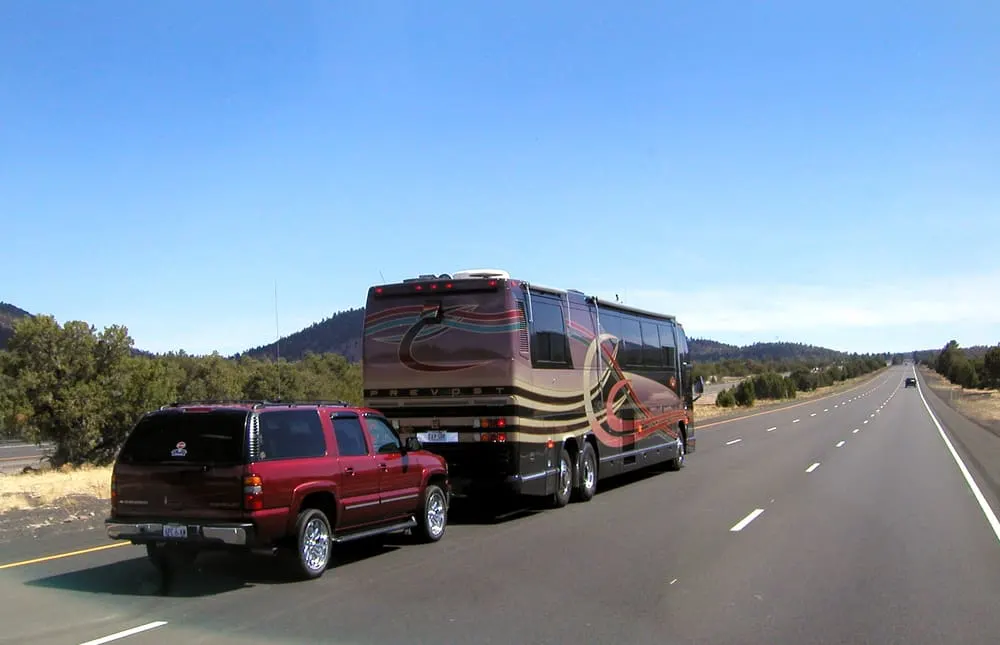
If you have a Class A, you are most likely going to have to tow a vehicle. You are not really able to drive your Class A around once you have reached your spot. It does not make the best sense to use a Class A as a vehicle to zip around town.
It is nice to have your car with you any time you want it, but a towing vehicle is going to add to your maintenance needs. It also increases the length of your vehicle, which makes it more difficult to drive. It is possible to tow a vehicle in Class C, but you need a lighter, smaller car to tow. Many people enjoy sightseeing in their Class C.
Climate Control
This may seem like an odd feature to consider, but it is an important one. The Class A has a large piece of glass on the front of it. This means that it lets in the light but also the heat. Your air conditioning has to go into overdrive to keep the entire space cool.
A Class C windshield is not as big and closer to the size of a truck. It is still going to let in light and heat, but not were nearly as much as Class A. Typically, Class C is a smaller camper van, so there is less space to cool.
Water
If you are considering staying at a campsite that does not offer sewer or water hookups, you want to know how much water you can store. A Class A gives you plenty of space for a tanks for fresh, black, and gray water.
Class C has less space for waste and fresh water tanks. If you are planning on staying for a while, Class A is your best option. If you only need to stay for a day or two, you can get away with a Class C.
Slide Outs
A slide-out gives you the ability to expand your living areas while you are parked. These can expand kitchens, bathrooms, and bedrooms. A Class A RV has a larger slide-out option. Typically, a Class A model comes with at least one slide out.
Class Cs can come with slide-outs but may not be standard. Slideouts are motorized, which means it is one more part that requires maintenance on your RV. These recreational vehicle options are called motorized RV.
Safety Features
The RV of today is fairly safe. The Class C has more safety features than the Class A. The Class C has seatbelts throughout, even in the living area, whereas the Class A does not offer this.
When driving a Class A, you are seated close to the glass, and they do not often have airbags, which puts the driver at risk if you hit something head-on. Class C models usually have the same type of airbags offered in trucks. They also have a crumple zone that absorbs impacts.
Insurance
You will have to insure your RV. It is another cost you can expect with owning an RV. It is not a one size fits all insurance plan that you will find. It is going to cost more to insure a Class A motorhome than a Class C. Insurance helps protect you from damage or loss, including theft. A Class A RV usually has more luxurious and is more likely to fall subject to theft. Class A models are not as safe as Class C, and that typically increases insurance.
Campsite Availability
A Class C RV is lighter, shorter, and easier to accommodate than a Class A RV. It is easier to find a campground for your Class C than a Class A. The weight of the Class A RV may limit where you can camp. For example, an area by a lake or river may not hold the weight of the Class A RV. You may find yourself sinking if you try to camp near a body of water.
